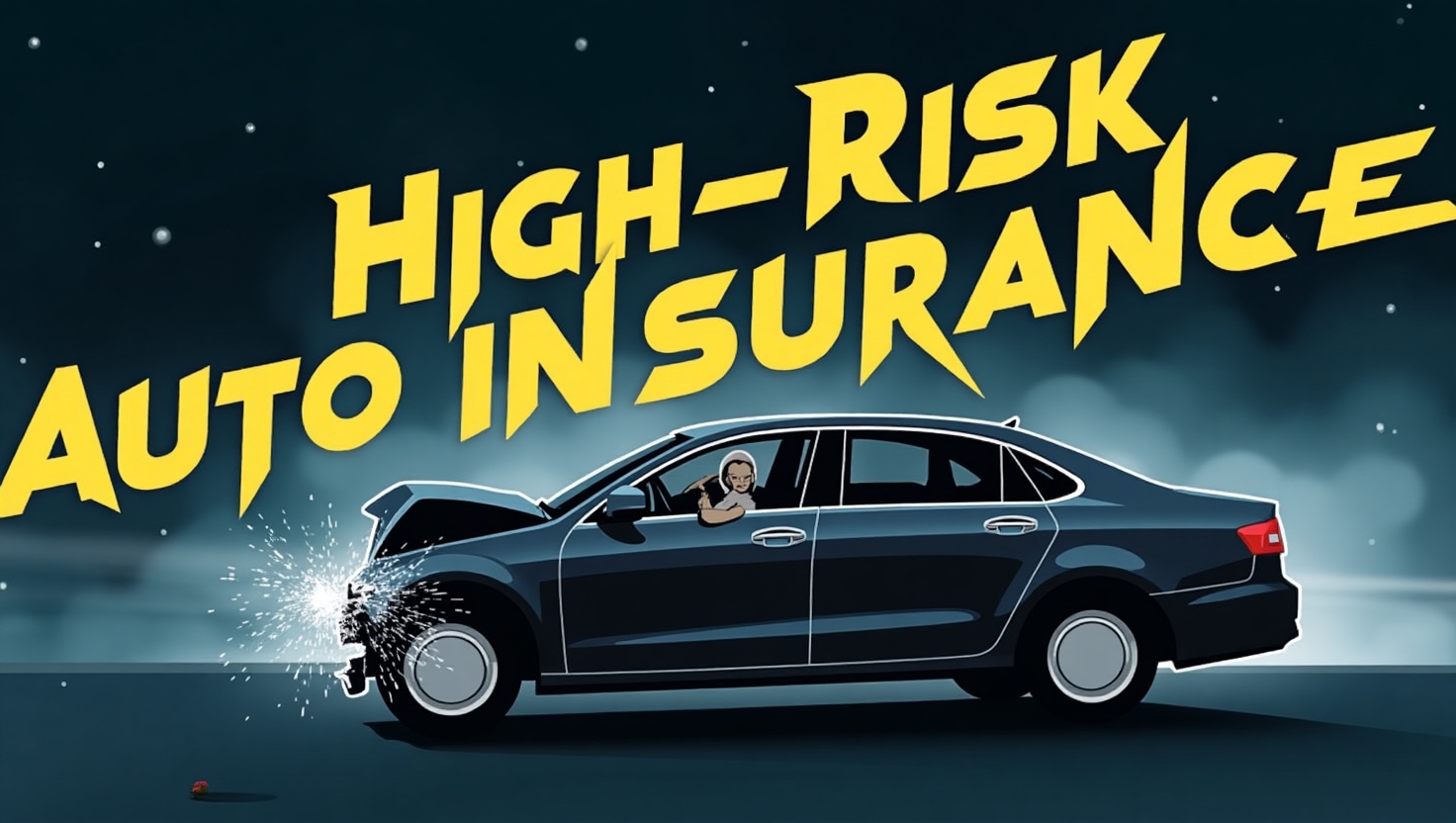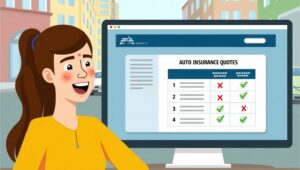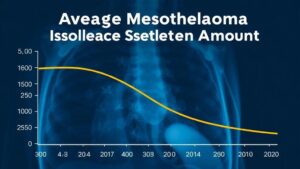High-risk auto insurance matters if your driving record or other factors make you costlier to insure. This blog post will show you what high-risk auto insurance is, why it’s more expensive, and how to find good coverage. You’ll get clear ways to lower your costs. You’ll also see how my post gives you more detail than the competitors. I’ll compare what Progressive, The General, and Business Insider say, then give you fresh tips they don’t include. Let’s get your coverage sorted, plain and simple.
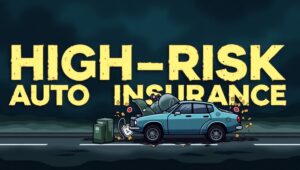
What Is High-Risk Auto Insurance?
High-risk auto insurance is regular car insurance priced higher because insurers think you’re more likely to file a claim. Progressive explains that factors like accidents, traffic violations, DUIs, lack of prior coverage, and limited driving experience can make you high-risk (Progressive). The General adds that poor credit and unlicensed driving also count (The General). And Business Insider notes that accidents, violations, and DUIs push you into the high-risk zone (Business Insider).
Why It’s More Expensive
You pay more because insurers expect higher claims. The General says high-risk drivers pay around 25% more for coverage (The General). Business Insider puts typical high-risk premiums in the $1,500 to $5,000 range per year (Business Insider). My post adds detail: insurers base rates on your area, credit score, vehicle type, usage, and coverage history—data they analyze closely to set each premium.
Comparing Competitors and What’s New
| Source | What They Cover | What I Add |
|---|---|---|
| Progressive | Definitions of high-risk factors (Progressive) | Breaks down factors like credit, location, vehicle type |
| The General | Costs, basic reasons you’re high risk (The General) | Adds detailed cost range and impact of insurance gaps |
| Business Insider | Costs, drawbacks, simple tips (Business Insider) | Adds full list of discounts, vehicle usage, and SR-22 detail |
More Factors That Make You High Risk
Here’s a more detailed list than competitors give:
- Driving history: Multiple accidents or violations raise risk.
- DUI or reckless driving: Those really bump your rate.
- Credit score: Insurers often charge more if credit is poor.
- Gaps in coverage: If you skipped coverage, insurers flag you.
- Location: High crime or accident zones cost more.
- Vehicle type: Sports cars, luxury models, or new vehicles cost more to insure.
- Usage: Long commutes or ride-share use raise premiums.
- Age: Young (under 25) or senior (over 70) drivers often pay more.
TrySmartly shows how each factor affects average rates: DUI means full coverage around $3,421, $1,650 more than clean drivers (TrySmartly).
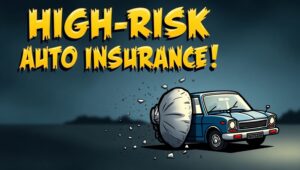
Tips to Lower Your High-Risk Premiums
Even if you’re high-risk, these tactics can help:
- Take a defensive driving course: That can cut rates by 5–15% (Business Insider).
- Keep a clean record going forward: Steady clean driving helps improve your status (Business Insider).
- Compare quotes often: Providers vary a lot. Progressive, Geico, Nationwide offer cheaper high-risk options (Clearsurance, NerdWallet).
- Use safe-driving programs: Telematics or behavior-tracking apps reward safe driving. Some insurers, like Progressive, offer this (Clearsurance).
- Serve required SR-22 or FR-44 promptly: These pop up after severe violations. Some insurers don’t file them, so find one that does (TrySmartly, Investopedia).
- Bundle policies: Put auto with home or renters to get discounts.
- Adjust vehicle: Lowering your driving, installing anti-theft gear, or switching to lower insurance groups can help.
- Check credit: If credit affects your rate, improving it could drop your premium over time.
What Competitors Miss
Progressive and The General don’t mention insurance gaps or vehicle usage. Business Insider covers few tips and no SR-22 info. I go further by explaining how location, vehicle choices, and insurance gaps matter most. I also offer fresh, actionable ideas such as sensor-based programs or household policy bundling.
Fixing Your High-Risk Status
You can become less risky over time:
- Stay violation-free for 3-5 years.
- Improve credit slowly by paying bills on time.
- Complete defensive driving courses.
- Use telematics to prove safe behavior.
- Ask for reviews or rate rechecks after improvements.
Many insurers, like State Farm or Progressive, will lower your premium once records clear.

Insurance Companies That Work with High-Risk Drivers
Here’s how the main players compare:
- GEICO: Often cheapest standard provider for high-risk drivers (AutoInsurance.com, Auto Insurance Quotes).
- Progressive: Good for DUI cases; offers behavior-based discounts (AutoInsurance.com, Clearsurance).
- Nationwide: Good with bad credit; offers drawback-forgiveness programs (AutoInsurance.com, Clearsurance).
- USAA: Strong rates and service, but limited to military families (AutoInsurance.com).
- Direct Auto / The General: Take on high-risk drivers when others won’t (AutoInsurance.com, The General, SMALL BUSINESS CEO, NerdWallet).
- TrySmartly data: Shows average full-coverage cost by insurer: USAA $1,389; State Farm $1,769; Geico $1,916; Nationwide $2,031; Allstate $2,119; Progressive $2,183 (TrySmartly).
Final Thoughts
High-risk auto insurance costs more, but it doesn’t mean you’re stuck paying sky-high rates forever. By learning what makes you high-risk, using smart tips, and comparing providers, you can get better rates. This post offers clearer, deeper insights than competitor blogs like Progressive, The General, or Business Insider. You now have fresh advice on things like insurance gaps, SR-22s, vehicle usage, and credit strategies. Drive safer and shop smarter—you’ve got this.

